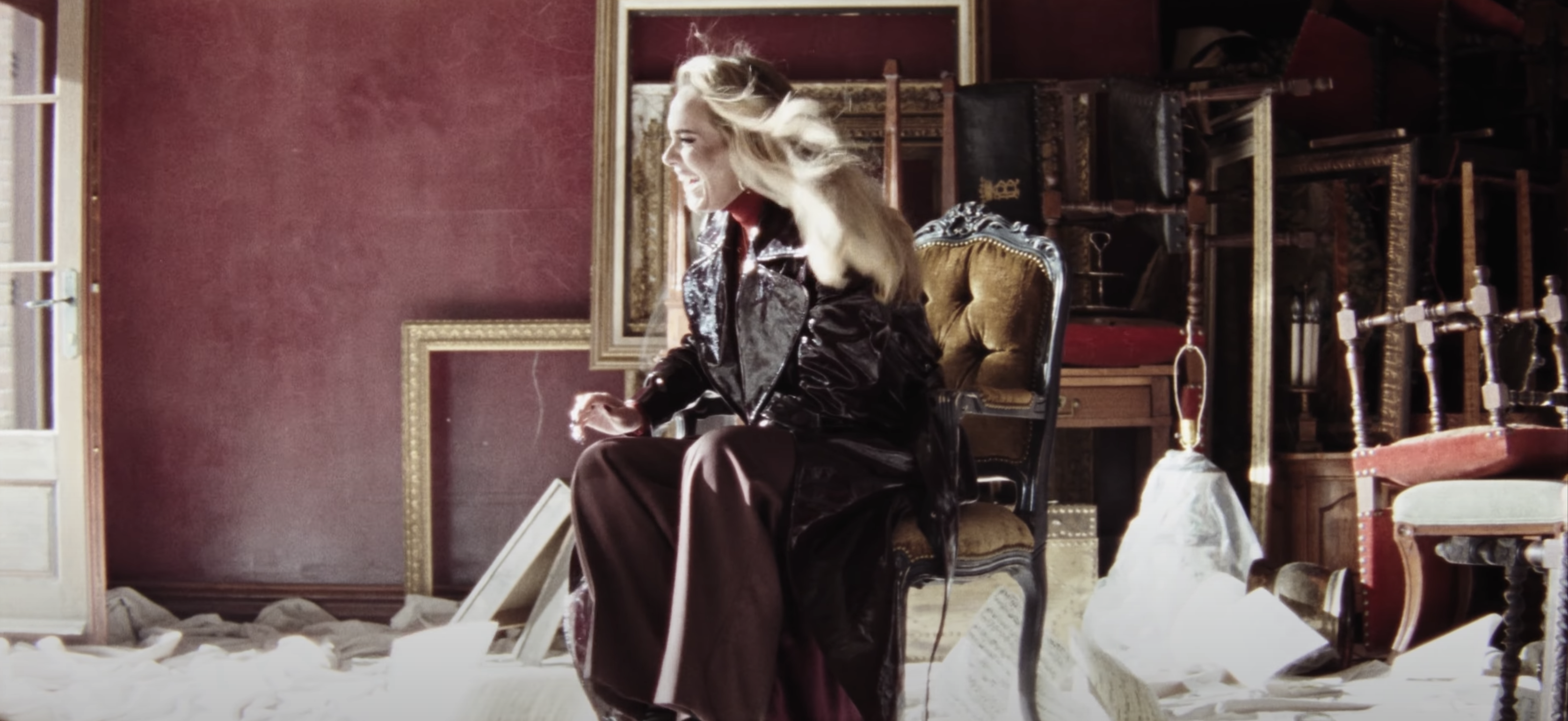
First off, let us preface this with the fact that we’re not okay. This new Adele single has reached into our hearts, minds and souls with an emotional conviction that could topple the Roman Empire. I mean, as just a snippet of the rawness in the lyric “I know there is hope in these waters,” in the first minute is enough to fully encapsulate the journey from heartbreak into peace that Adele is striving for here. In fact, the first verse is filled with allusions to water. Very much in the school of Virginia Woolf, water and washing is often used as an allegory for rebirth and starting over.
So, with that being said, let’s take a closer look at what the song means for her upcoming album, and some visuals that give us hints at her journey through the purgatory of lost love.
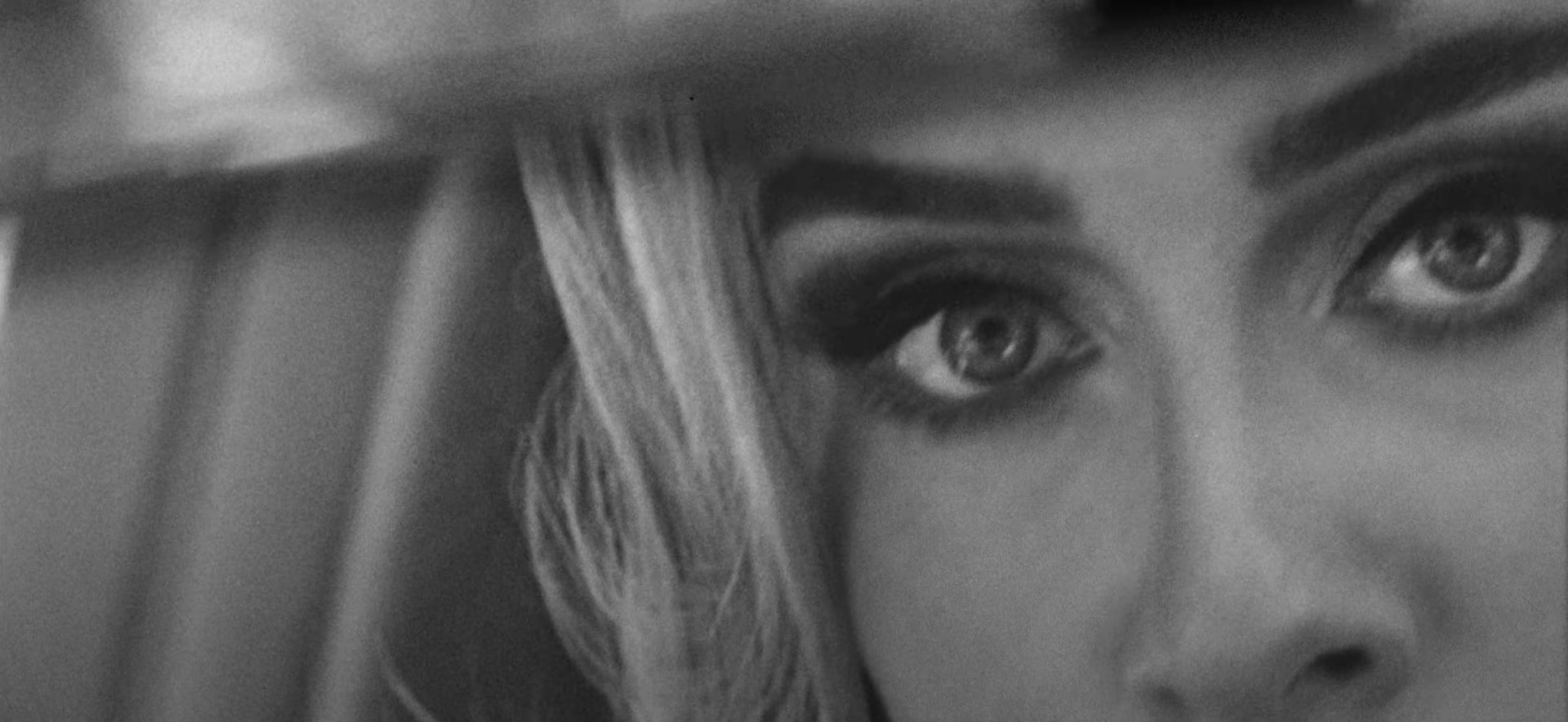
The music video starts off with a black and white, grainy scene of Adele looking longingly out of a window before grabbing a suitcase, putting on a pair of sunglasses, and leaving the building. And the addition of a leather trenchcoat gives the whole visual theme a femme fatale and film noir vibe. A fly on the windowsill is a common cinematic symbol for death, whether it be conceptual or literal. Here it can be assumed that the death referenced is the death of love or a death of an old self. Transformation and rebirth in the most literal sense.
After a brief phone call with what seems like a friend, and getting frustrated over a weak service signal, Adele gets into her car and puts a tape in the radio. And with this, the song kicks off in a cathartic moment of quiet fury.
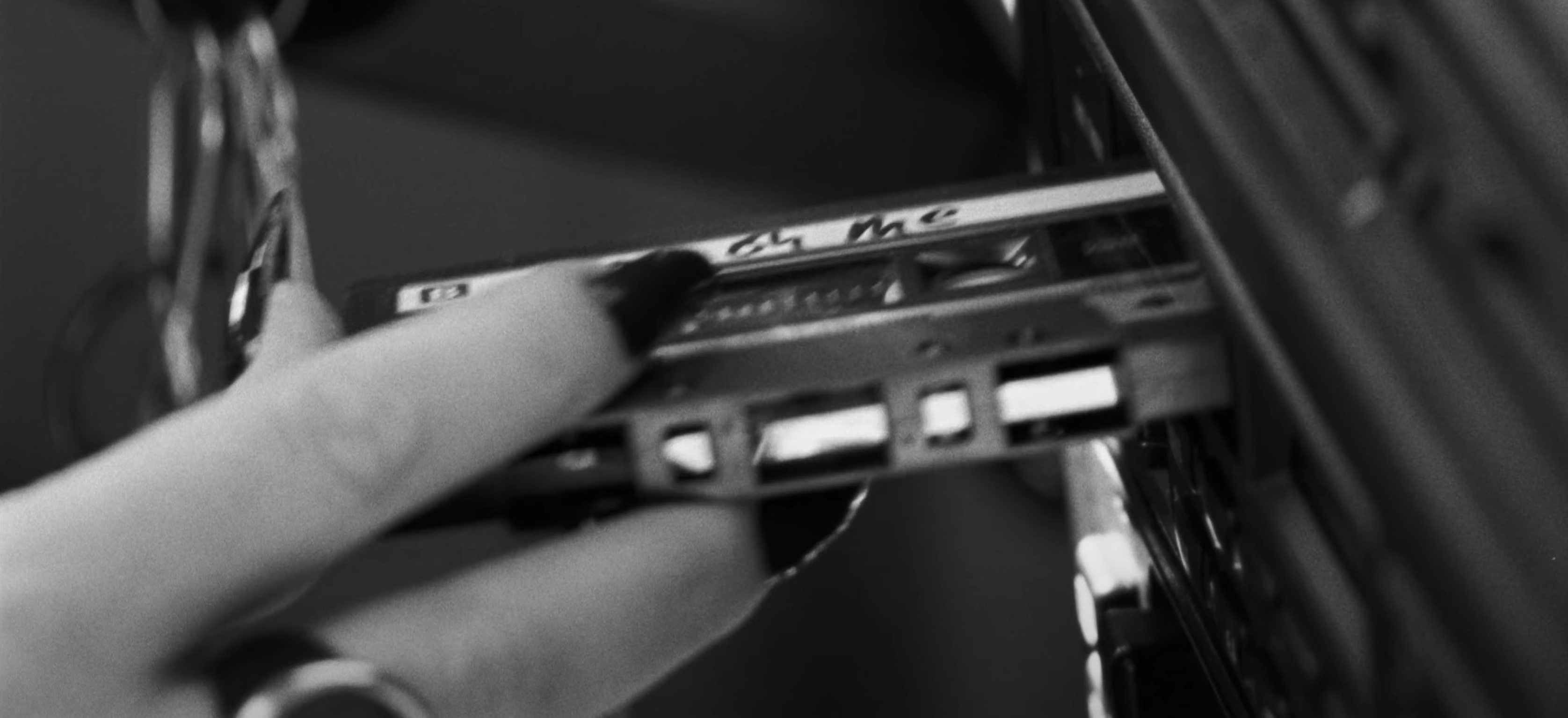
We see Adele drive away from a house with a “for sale” sign plastered on the front yard, looking into the rearview mirror. The symbolism not only into the context of leaving something behind, but the transformation involved in self-reflection.
Even in the color grading, the black and white aesthetic holds a certain value of metaphor. It represents nostalgia, the reflection of a memory and something locked in a time past. This music video isn’t Adele presenting something in real time, but recollecting on a memory, in the graininess of the film, we see the obscured and abstracted memory as it sits in her mind, not quite present but still vivid.
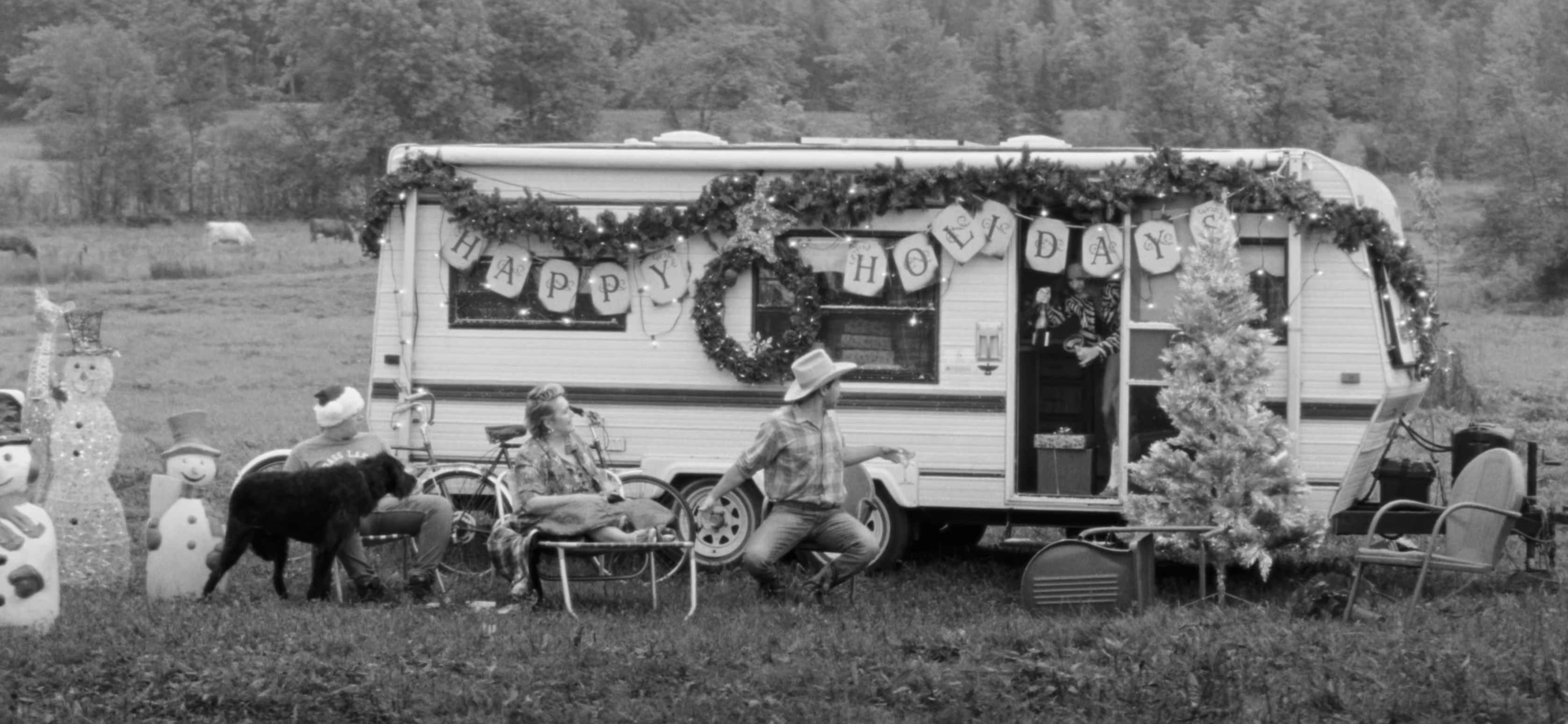
It’s at this point that Adele sings “Feel the world around me, I have no time to choose,” as a newly-wed couple drives past her in their wedding car, acting as a visual representation at the intersection of conflicting emotions. One the one hand, the newly wed couple is a representation of joy and nostalgia, of what she first felt like when she found “the one,” but as we all know, it comes with a pang of sadness, a realization that something we once had is gone and never again obtainable. Nostalgia comes at the price of loss, the most bittersweet of emotions. She realizes, in this moment, that unfortunately, the love that she has is gone, and the world around her continues to spin, with no time to choose between the temptation of nostalgia and the realism of acknowledgment of present pain.
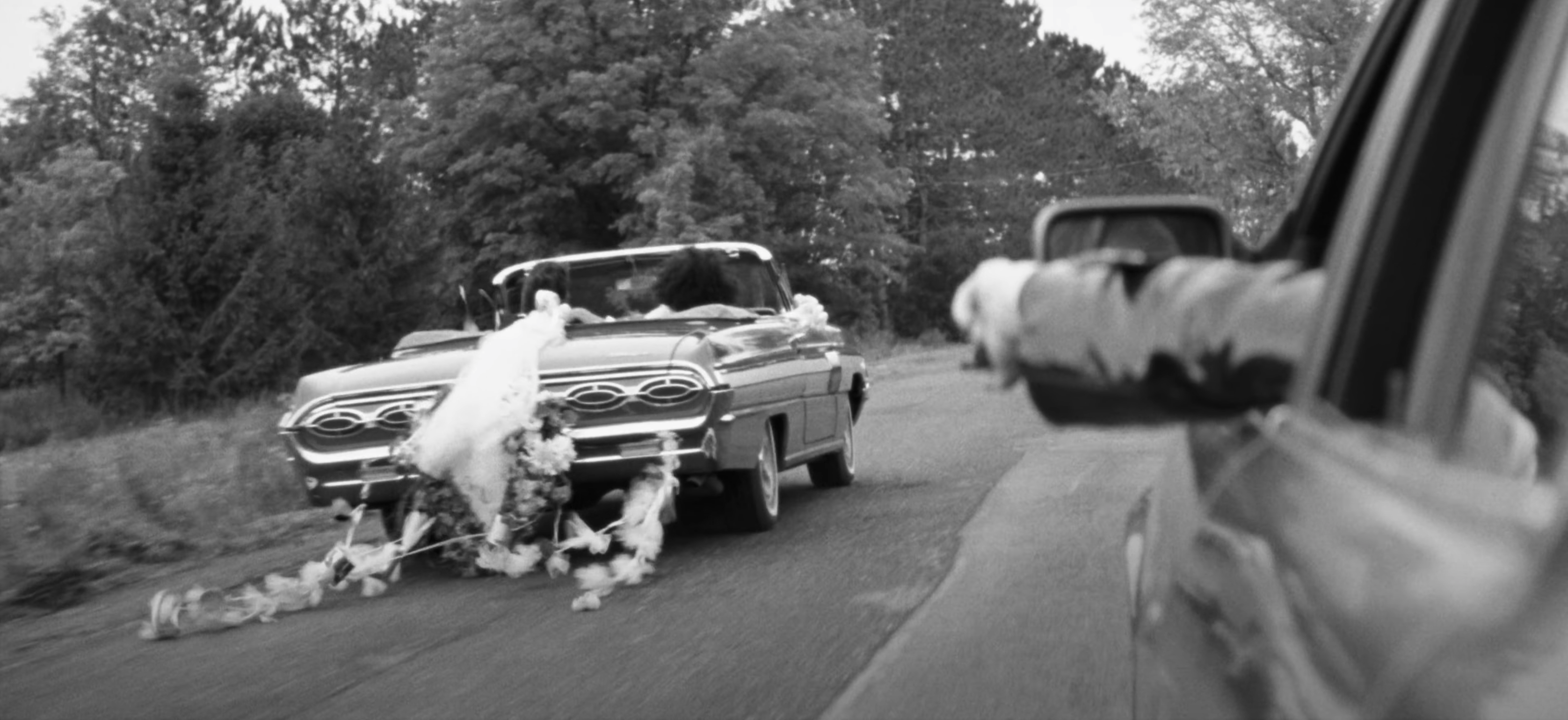
Then, we see the turning point in the music video, the moment when Adele makes her decision as to what emotion to follow: letting go. This is set into motion with the visual representation of piles of sheet music flying out of her speeding car with her belongings strapped to the back. She responds to herself after declaring she had no time to choose, she sings “what I chose to do.” She chose to leave, to let the music and the feelings of the past fly into the wind, with the road she’s driving on acting as a liminal space. A setting where time and reality really have no grounding, like a bridge between worlds embodying a purgatory where one must endure suffering and reflection in order to achieve truth and enlightenment.
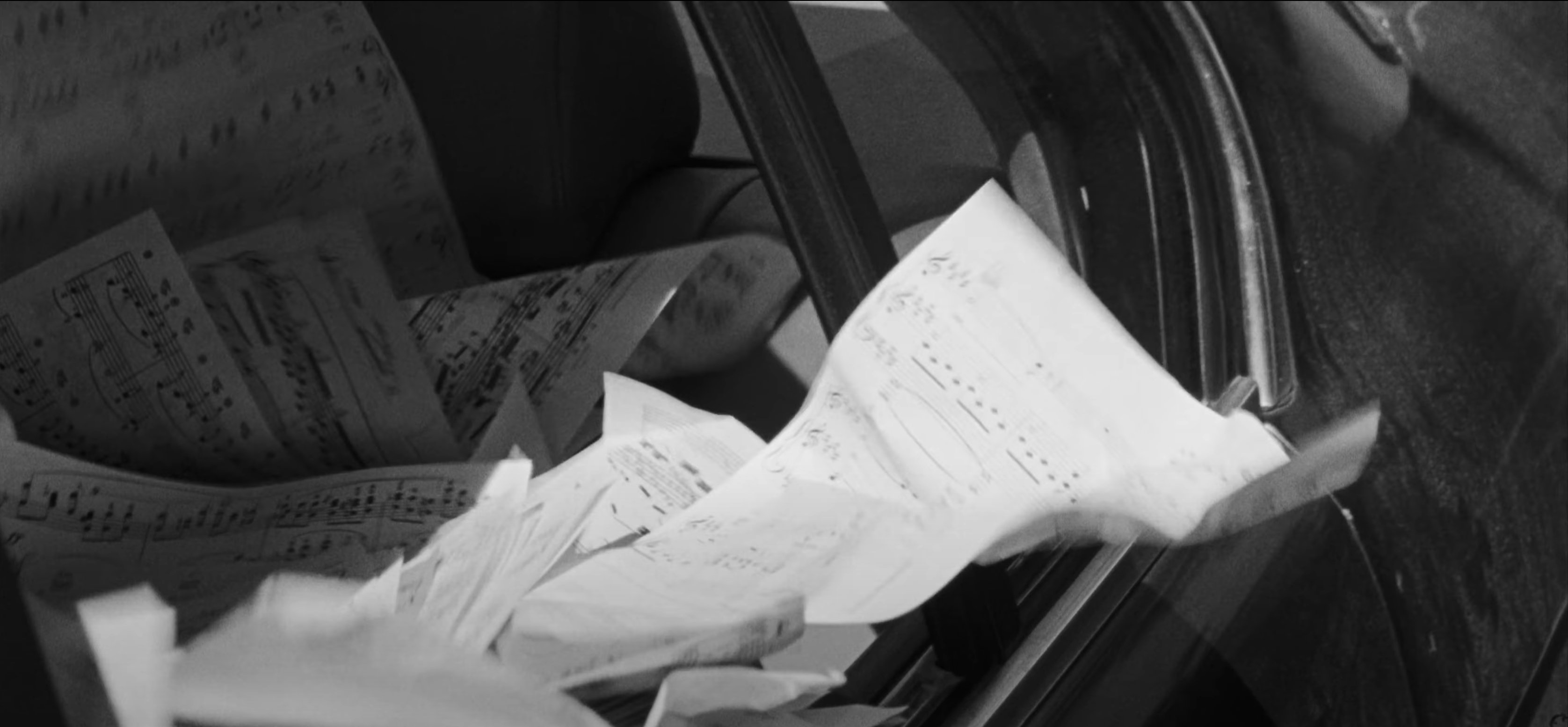
The setting then swiftly changes, as Adele sits in a windblown, decrepit house filled with furniture that looks as though it has been sitting around for centuries. The sheet music continues to be flown around in the gusts of her emotions as she seemingly controls the weather with her grief, giving us a witch fantasy, unleashing the full breadth of her power in both her voice and visuals. This is the moment that the voice we know, and love, comes in full force.
So far, Adele has kept it tame with her vocals, but as the music video hits its climax, her facial movements start to exclaim with emotions, forcing herself to confront the truth with expression that imitates a sort of painful relief. She wails “I changed who I was to put you both first,” in a melody that is eerily reminiscent of her song “Turning Tables,” orating the price we can sometimes pay for love in its purest form, sacrificing the self for the attention and wellness of the other.
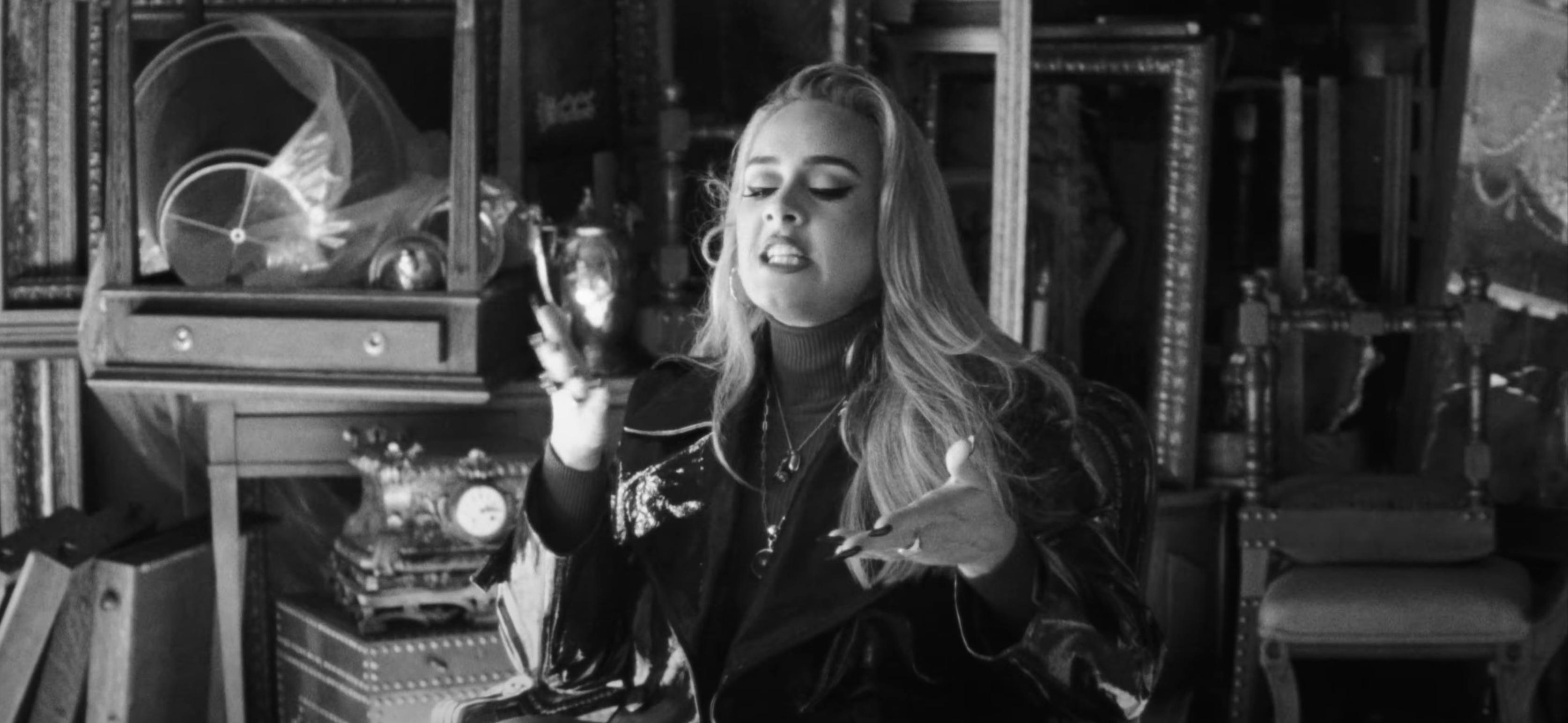
Suddenly, we are thrown full force into the world of color, like Dorothy entering Oz after the chaos of the tornado. The music video is pulled out of the realm of memory and into the world of the living, suddenly becoming very real and material, with rich reds and golds giving the setting a vintage sense of royalty.
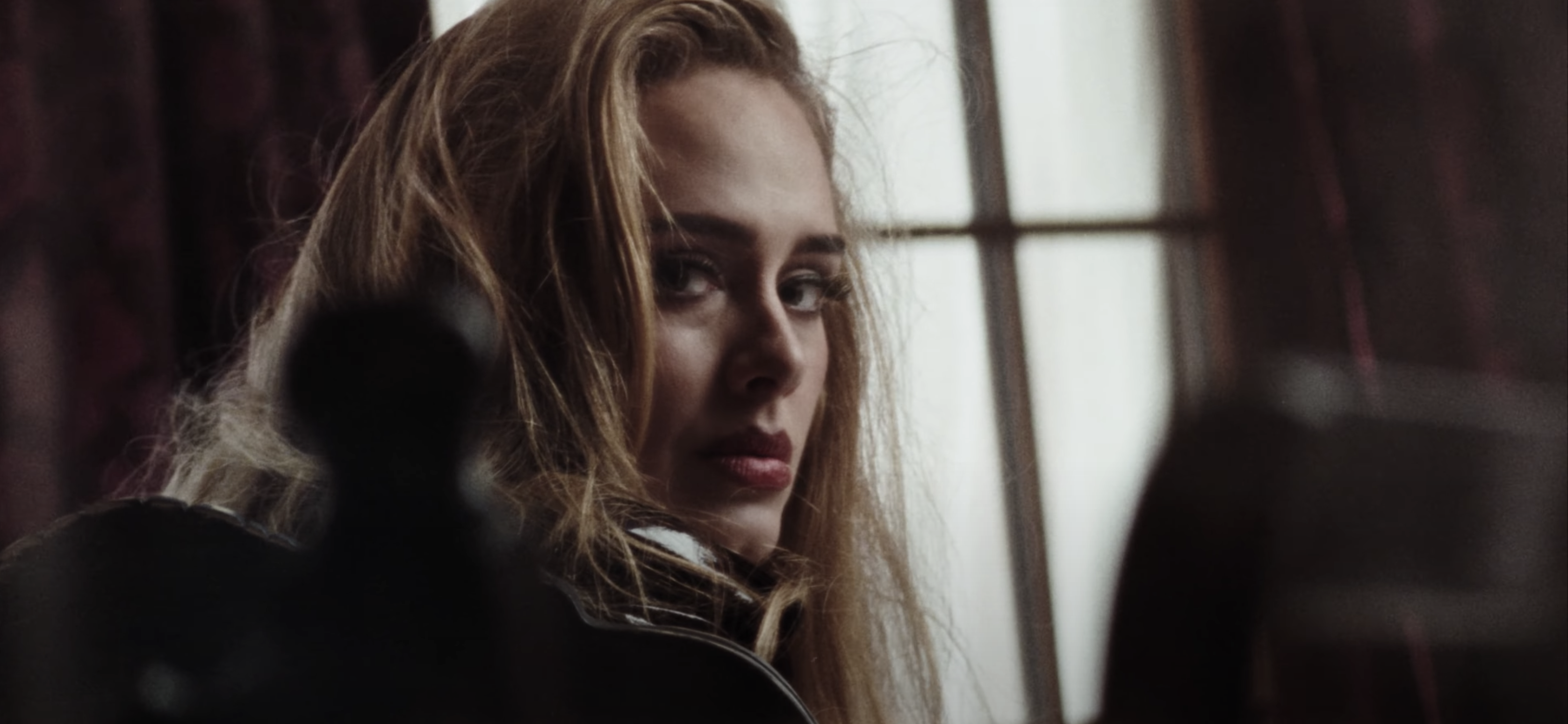
She sings with a shuddering falsetto, “I had good intentions / and the highest hopes / but I know right now / it probably doesn’t even show,” and with this, she finally wakes herself up from the dream of the past, and comes to one of the final stages of grief, acceptance.
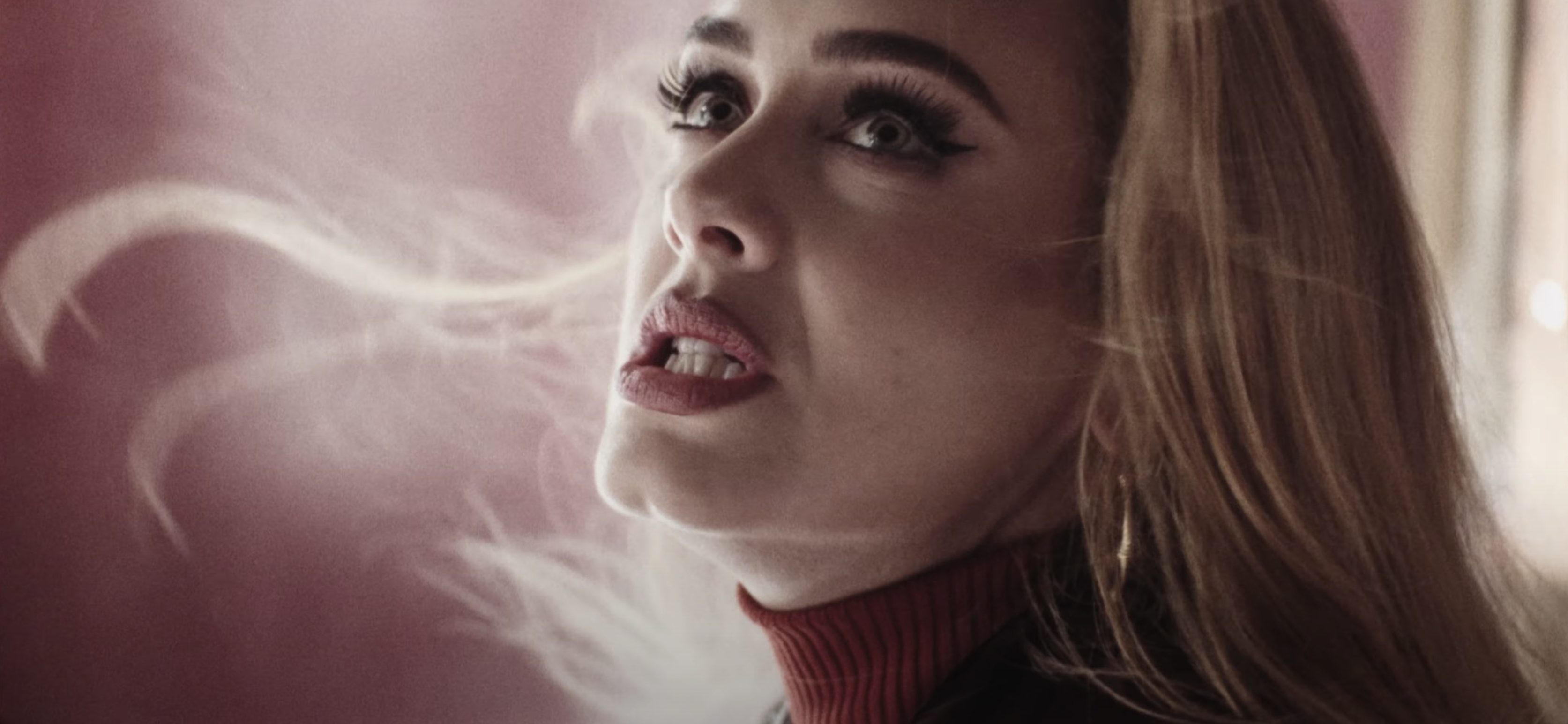
The visual ends on a note that literally encapsulates the realization of reality, bringing us into the present moment with a breaking of the fourth wall, when we hear a director say, off camera, “okay, cut,” wrapping up the production of the video. The storm of wind settles, Adele laughs and that’s that, it cuts to red, then black, we’re up to date, she gave us all we need to know. From here, we can expect a journey into a new album full of these themes, with this music video as an allegorical backdrop for all to come.
